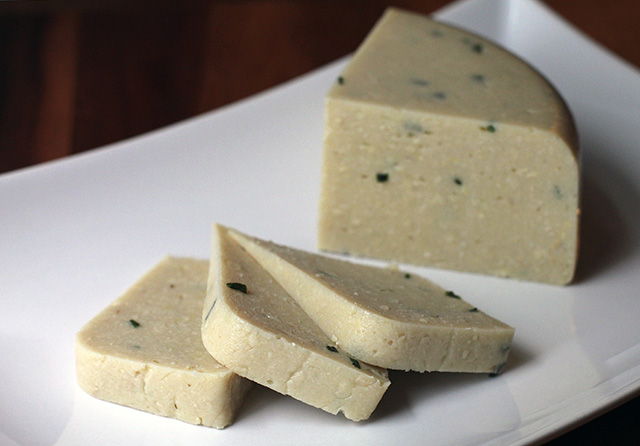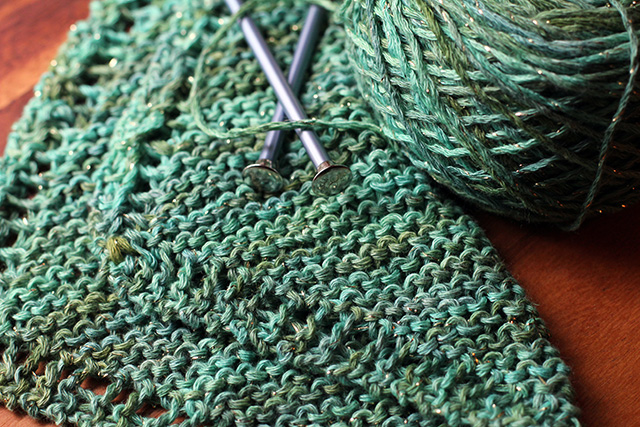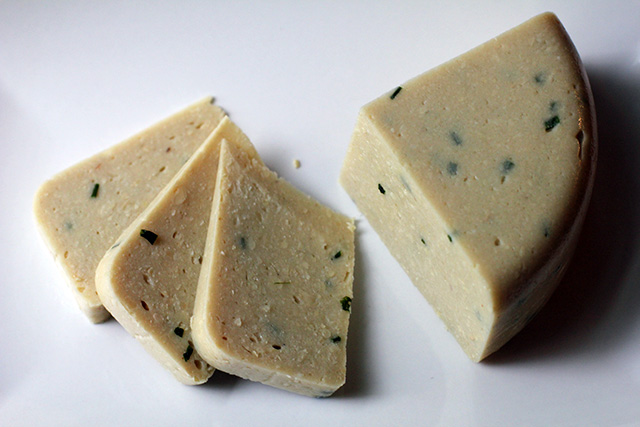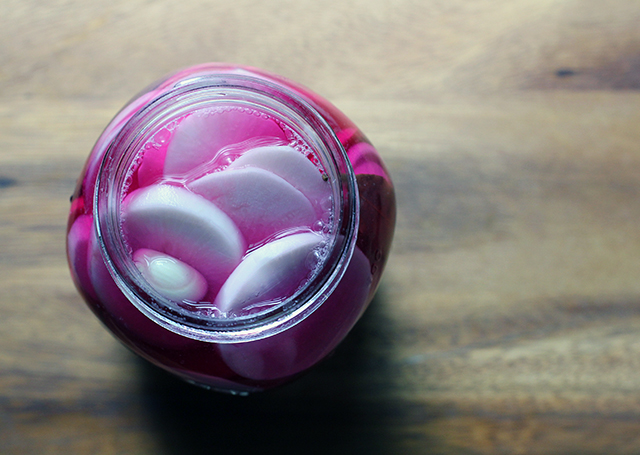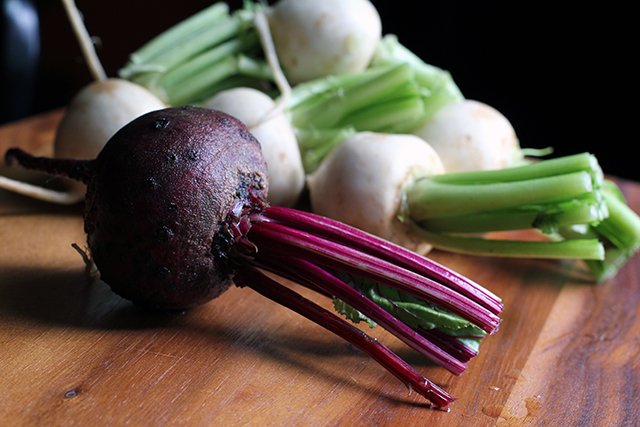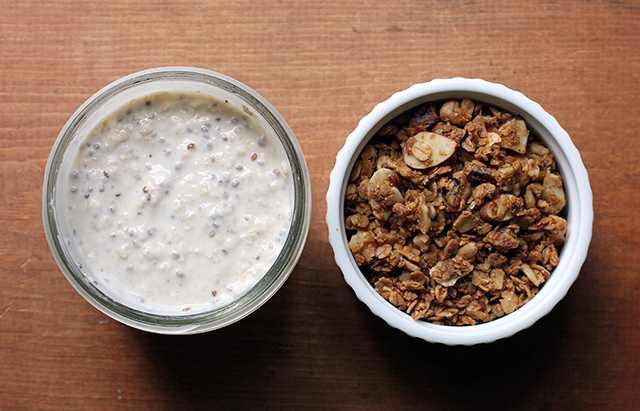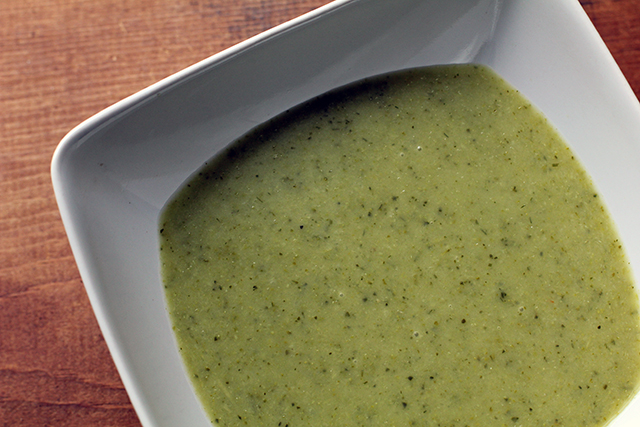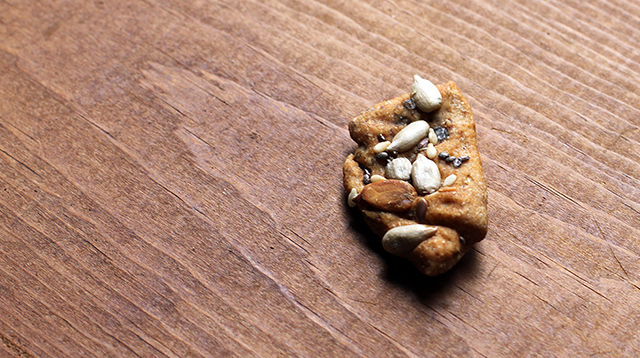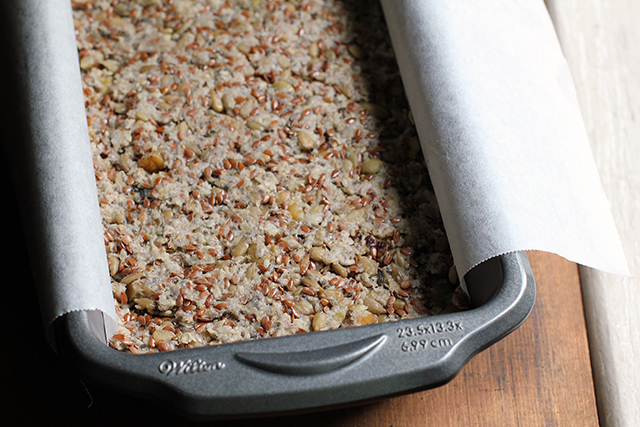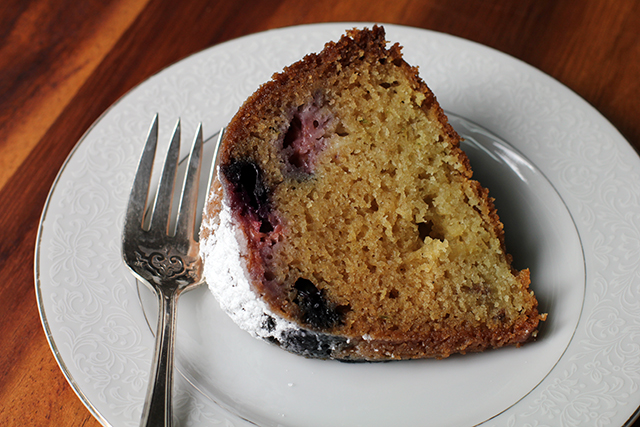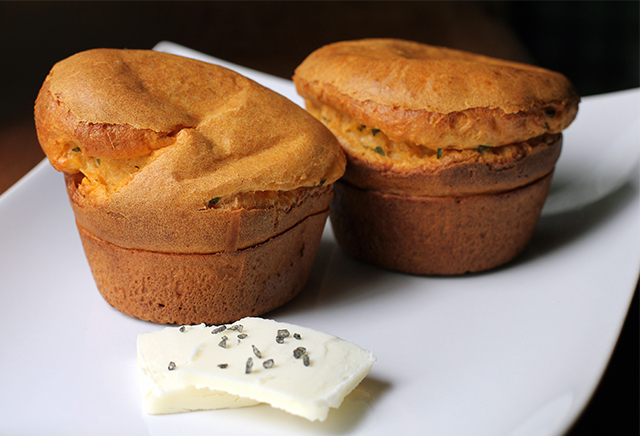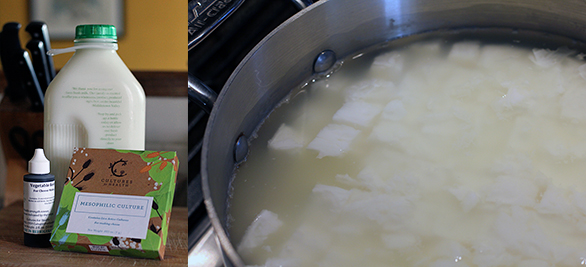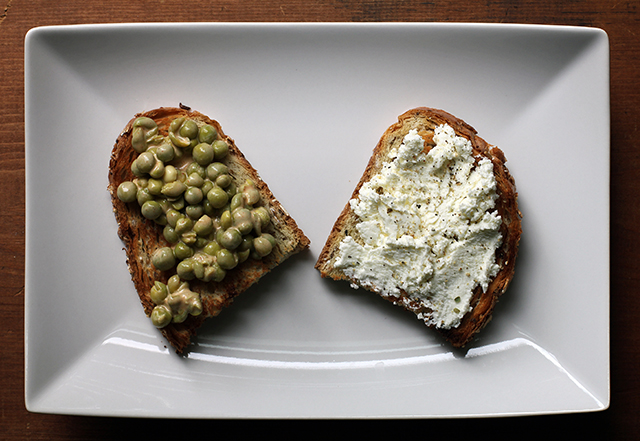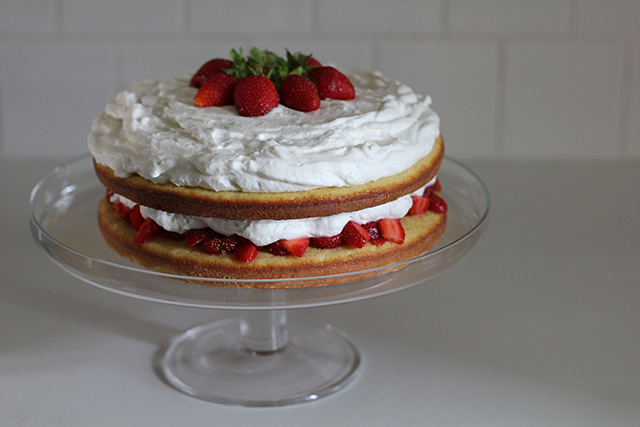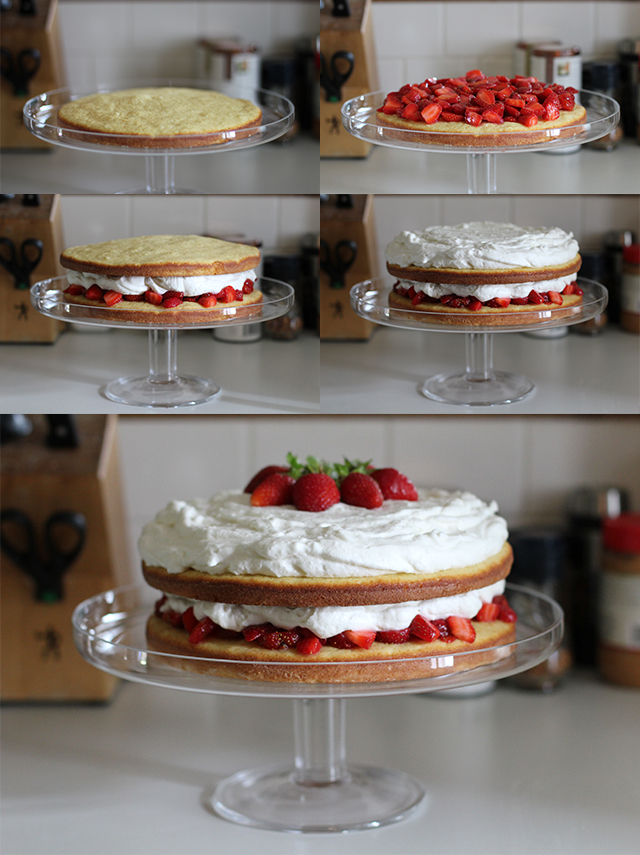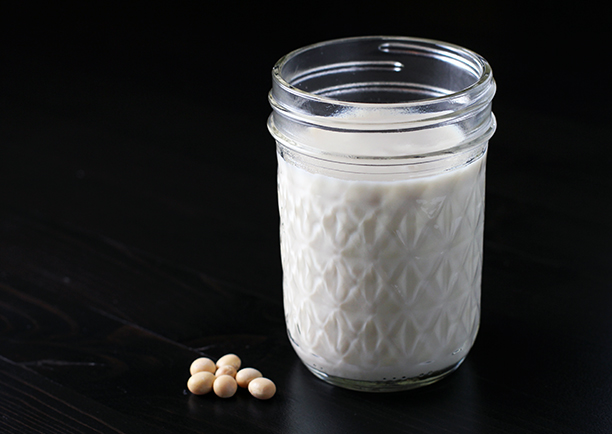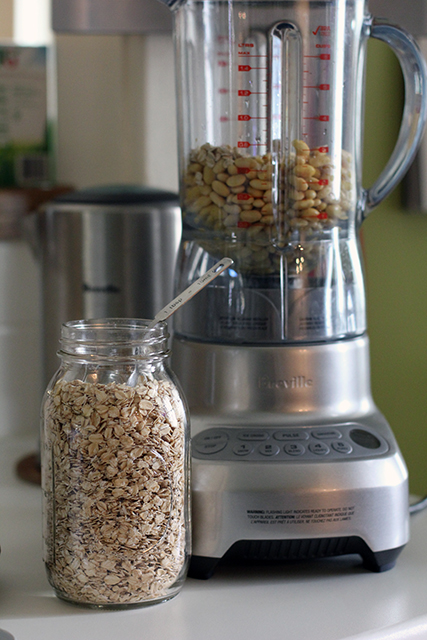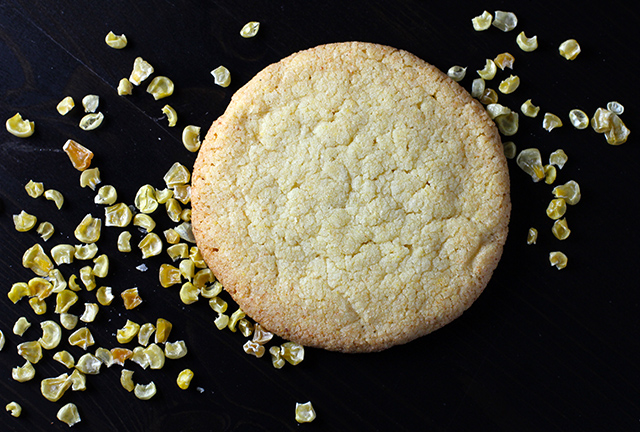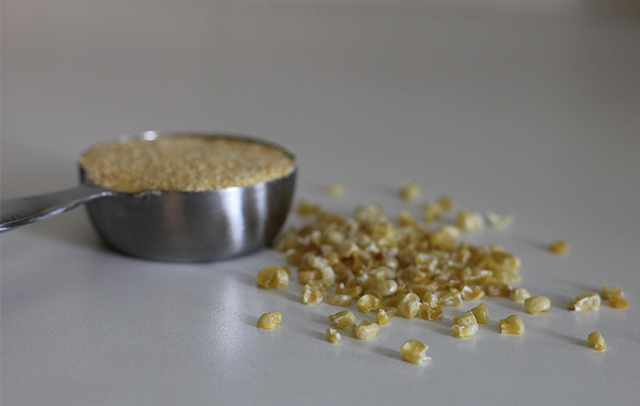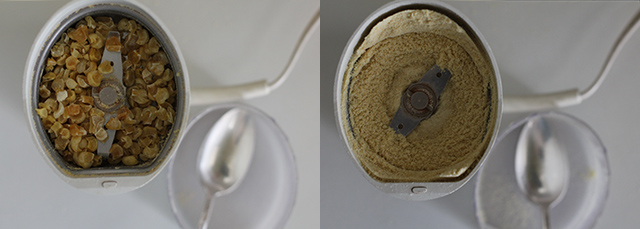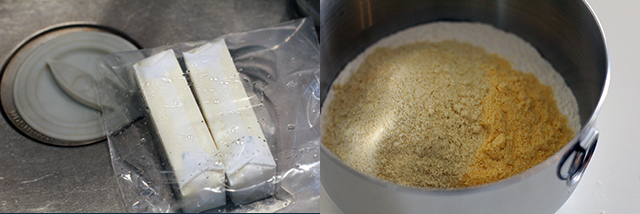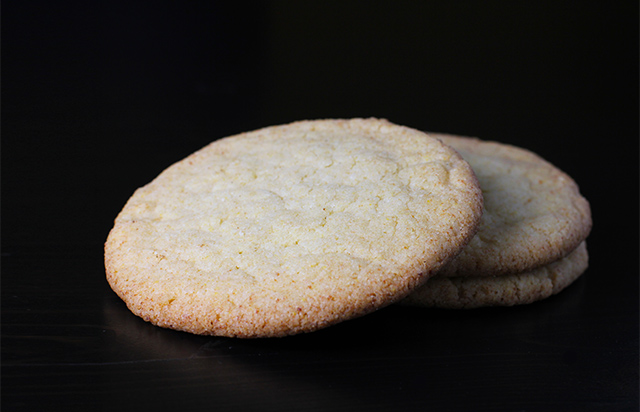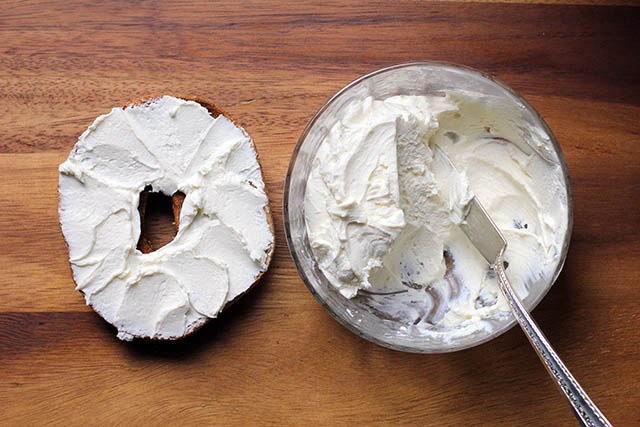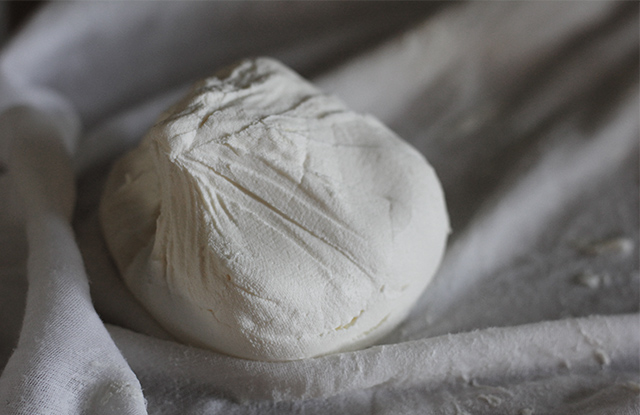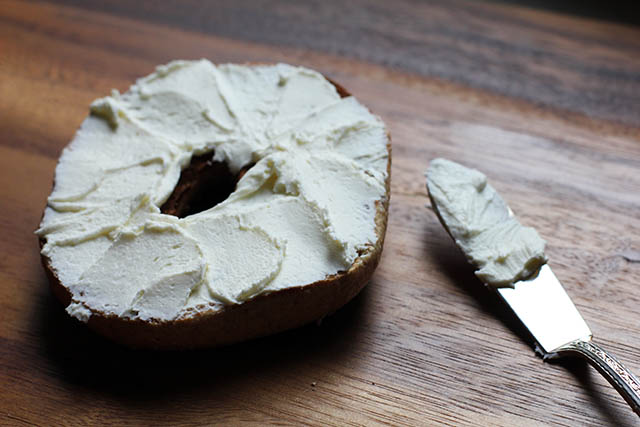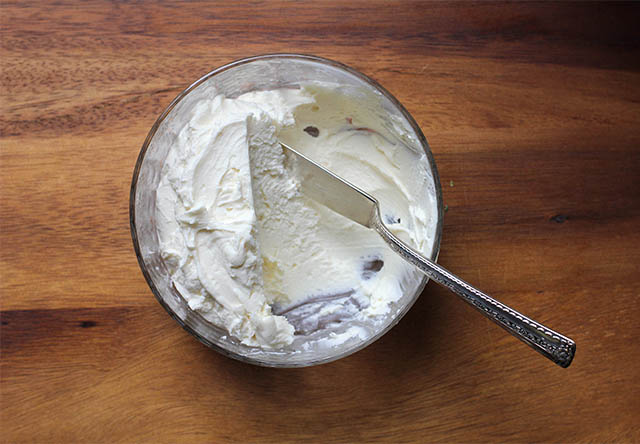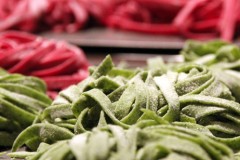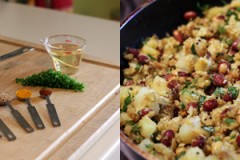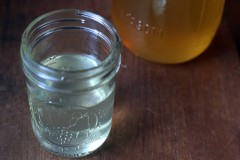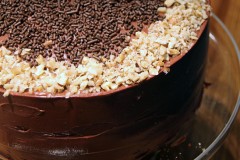I had grand plans this past week, but you know what they say about plans. Instead, life events have me reflecting on everything I still don’t know, as well as everything I want to get much better at. Some of these skills are basic: Listen more, talk less. That kind of thing. Maybe I need to meditate; maybe I just need to pay attention.
Ultimately, however, I’m reminded how much education requires not just doing, but doing again. I actually pulled out my violin the other day, mostly to look it over and make sure the wood was handling the stress of radiator winters and high humidity summers as gracefully as possible. I thought about putting on the new strings I had ordered, but ended up just closing the case. Still, the message from the past was clear: once upon a time, I dedicated years to perfecting what I offered the world. I don’t do that any more and it bothers me. Even more perplexing: I’m not sure where I’d pour that dedication, even if I manged to dredge it up.
So meanwhile, I will learn and I will practice. Next to my violin was my sewing machine, so I decided I might as well begin there. It was my mom’s–a beast of a thing, metal, from JC Penney, that I adopted when she gave it up. It took me three tries before I remembered how to wind a bobbin and thread the thing correctly. (Helpfully, I have found a chart explaining tension that will not require me to actually read the user manual!) But after an hour and some serious eyebrow scrunching, I had a new tote bag for the market! If the stitching was a little uneven, well, I will use large kale leaves as a distraction. The pattern is both easy and lovely, available from Craft Buds here.
I’ve also been trying to spend less time at my desk staring at a blinking cursor (I have nothing to say, and I am saying it) and a lot more outside, chatting with the neighbors and making faces at their baby, getting filthy and mosquito bit in the garden, sitting on the porch with the cat patiently observing the passersby. So it was that I picked up this simple dishcloth pattern to mindlessly work in the evenings. Mindless knitting actually leads to concentrated thinking in other areas, I find–my own kind of mandala. After I finished a handful of rows, I realized I was looking at the same pattern my Aunt Helen would knit when we camped up at the lake in the ’80s. Seekers (of nostalgia or introspection or just a simple washcloth pattern) can find this one featured in an Artful Homemaking post here.
At the end of the day, I can tell you that vegan cheese is not the answer you think it will be. Part of the aforementioned grand plan–before the freezer broke and things started to slide–was a cauliflower crusted pizza with vegan cheese. Gluten free! Non-dairy! Paleo! (I think?–So hot right now.) I mentioned this to my mom, and she just laughed (at me? with me?). I considered how far I had moved from anything she would ever consider making in her own kitchen. That wasn’t necessarily a good or bad place to be, but it was something I thought warranted some personal consideration. The pizza ended up going into the oven with real cheese, though that was still a bridge too far for my cauliflower-despising spouse. And the vegan cheese attempt was…interesting. At first, I thought it simply wasn’t for me, but I let it stick around in the fridge for a bit and finally decided it was definitely odd but strangely addictive. Much like the cauliflower crust pizza, it was about managing expectation, trying something a little crazy, and then just going with it. So I’m going to practice that.
Well, the sentiment at least. Not the vegan cheese making; that’s definitely not my calling. If you want to try it for yourself, the recipe is here. (A proportionally smaller–but plenty big–and agar powder vs flake version of this one.)

